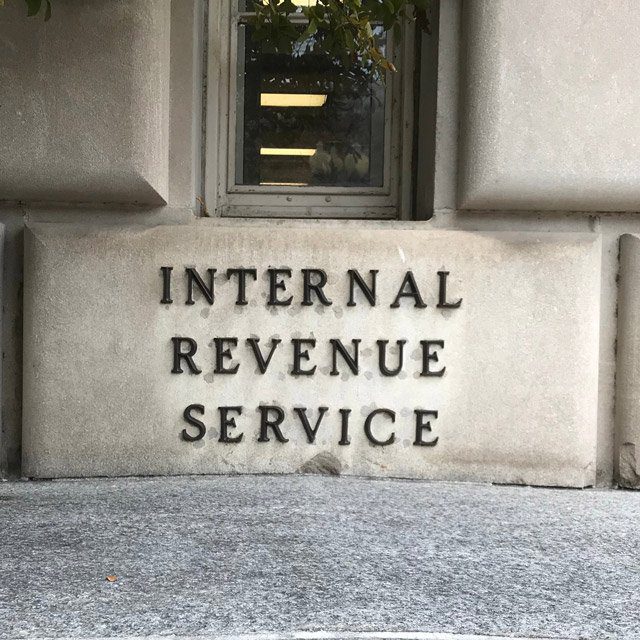IRS Announces 401(k) Contribution Limits for 2023

IRAs, Roth IRAs, Saver’s Credit
Income ranges for determining eligibility to make deductible contributions to traditional IRAs, to contribute to Roth IRAs, and to claim the Saver’s Credit all increased for 2023, the IRS explained.
“If during the year either the taxpayer or the taxpayer’s spouse was covered by a retirement plan at work, the deduction may be reduced, or phased out, until it is eliminated, depending on filing status and income,” the IRS explained.
If neither the taxpayer nor the spouse is covered by a retirement plan at work, the phase-outs of the deduction do not apply, the IRS said.
The phase-out ranges for 2023, as explained by the IRS, are as follows:
For single taxpayers covered by a workplace retirement plan, the phase-out range is increased to between $73,000 and $83,000, up from between $68,000 and $78,000.
For married couples filing jointly, if the spouse making the IRA contribution is covered by a workplace retirement plan, the phase-out range is increased to between $116,000 and $136,000, up from between $109,000 and $129,000.
For an IRA contributor who is not covered by a workplace retirement plan and is married to someone who is covered, the phase-out range is increased to between $218,000 and $228,000, up from between $204,000 and $214,000.
For a married individual filing a separate return who is covered by a workplace retirement plan, the phase-out range is not subject to an annual cost-of-living adjustment and remains between $0 and $10,000.
“The income phase-out range for taxpayers making contributions to a Roth IRA is increased to between $138,000 and $153,000 for singles and heads of household, up from between $129,000 and $144,000,” the IRS explained.
For married couples filing jointly, “the income phase-out range is increased to between $218,000 and $228,000, up from between $204,000 and $214,000,” the IRS said.
The phase-out range for a married individual filing a separate return who makes contributions to a Roth IRA is not subject to an annual cost-of-living adjustment and remains between $0 and $10,000, the IRS said.
The amount individuals can contribute to their SIMPLE retirement accounts is increased to $15,500, up from $14,000, according to the agency.




